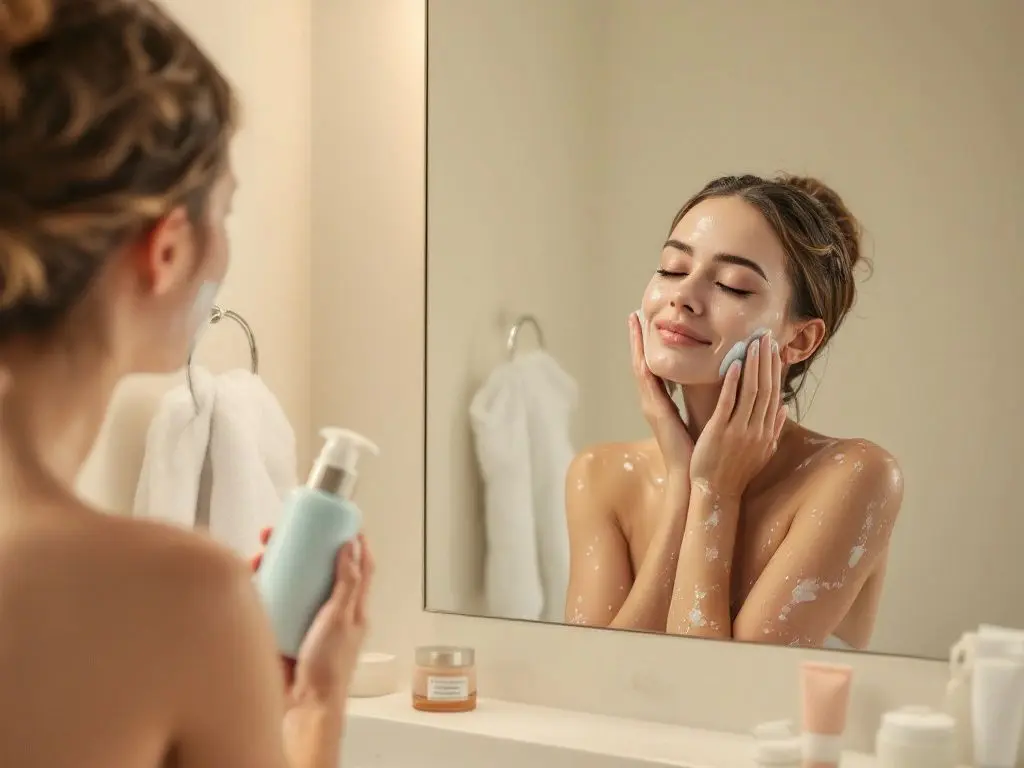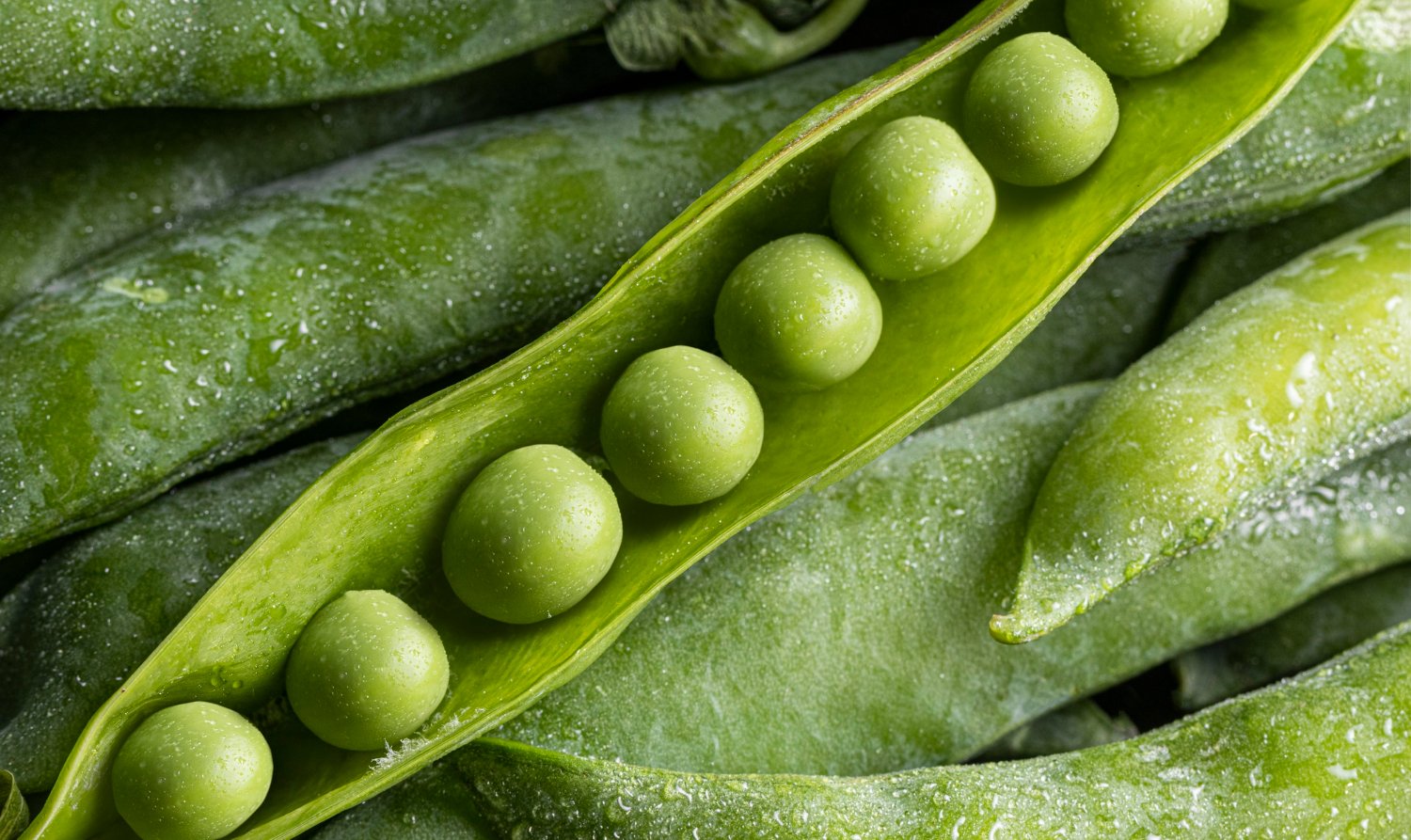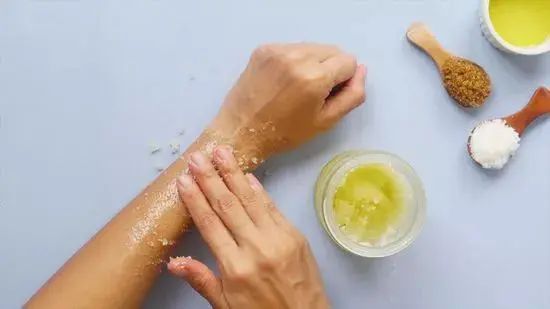As cosmetic brands pursue minimalist formulations, clean label preservation has become one of the toughest formulation challenges. Chemists are expected to replace traditional parabens and formaldehyde donors with milder, naturally derived, or consumer-friendly alternatives—yet products must still pass ISO 11930 or USP <51> microbial challenge tests. Therefore, the formulator’s goal is clear: maintain broad-spectrum efficacy without compromising safety perception or stability.
This guide provides a laboratory-level roadmap for designing preservative systems that satisfy both marketing and microbiological requirements. It covers hurdle strategies, pH management, glyco-organic acids, multifunctional boosters, and testing protocols for global compliance.
Understanding ISO 11930 and USP <51>
ISO 11930 (“Evaluation of the antimicrobial protection of a cosmetic product”) is the gold standard in Europe, while USP <51> remains the U.S. benchmark. Both involve inoculating formulations with five challenge organisms—S. aureus, P. aeruginosa, C. albicans, A. brasiliensis, and E. coli—and measuring log reductions over 28 days. To pass, most cosmetic products must achieve ≥3-log reduction in bacteria and ≥1-log in yeast/mold by Day 7, with no regrowth at Day 28.
Consequently, preservation design must balance chemistry, pH, and formulation type (emulsion, gel, mask, or wipes). Understanding these test expectations from the start prevents costly reformulations later.
The Philosophy Behind Clean-Label Preservation
“Clean label” does not mean “preservative-free.” Rather, it refers to using familiar, nature-inspired, or multifunctional ingredients instead of conventional biocides. Consumers increasingly scrutinize INCI names such as phenoxyethanol or parabens, even though they remain legally safe. Therefore, formulators turn to alternative molecules—glyceryl caprylate, levulinic acid, ethylhexylglycerin, or caprylyl glycol—that provide antimicrobial activity through membrane disruption or water activity reduction.
Moreover, these compounds often deliver secondary benefits such as emolliency, humectancy, or sensory enhancement, which aligns with clean beauty marketing.
The Hurdle Approach
Instead of relying on a single preservative, the hurdle strategy layers multiple mild factors that together inhibit microbial growth. Typically, these include:
- pH control: Adjusting to 4.5–5.5 where most pathogens struggle.
- Reduced water activity: Glycerin, sorbitol, or butylene glycol bind free water.
- Surface-active molecules: Glyceryl esters disrupt microbial membranes.
- Antimicrobial organic acids: Levulinic, caprylhydroxamic, or dehydroacetic acids create low-pH inhibition.
- Packaging: Airless or unit-dose delivery minimizes contamination.
Therefore, a successful clean system results from synergy rather than a single strong biocide.
Common Clean-Label Preservatives and Boosters
| INCI | Typical % Use | Function | Notes |
|---|---|---|---|
| Ethylhexylglycerin | 0.3–1.0 | Booster / Deodorant | Synergizes with phenoxyethanol; broad pH tolerance |
| Glyceryl Caprylate | 0.3–1.0 | Emulsifier / Antimicrobial | Requires emulsification; loses activity > pH 7 |
| Levulinic Acid & Sodium Levulinate | 0.5–1.2 | Organic Acid | Effective below pH 6; adds mild odor |
| Caprylhydroxamic Acid | 0.05–0.2 | Chelating Preservative | Strong against yeast/mold; pairs with glycols |
| Phenylpropanol | 0.3–0.8 | Aromatic Alcohol | Boosts fragrance and microbial control |
Formulation Design Tips
1. Adjust pH first. Many organic acids depend on protonated (acidic) form for activity. Set pH ≈ 5 before adding neutralizers or thickeners.
2. Sequence additions carefully. Add boosters such as ethylhexylglycerin or glyceryl caprylate in the cool-down phase to prevent volatilization or hydrolysis. Furthermore, pre-disperse lipophilic boosters in emollients for even distribution.
3. Evaluate synergistic pairs. Combining glyceryl caprylate + levulinic acid or ethylhexylglycerin + caprylhydroxamic acid often improves both bacteria and mold coverage. However, confirm no viscosity drop or phase separation in emulsions.
4. Validate early. Conduct screening challenge tests (mini-ISO) on lab batches before pilot scale. Therefore, potential failures are detected months before full ISO 11930 runs.
Role of Glyco-Organic Acids
New multifunctional glyco-organic acids combine humectancy and mild preservation. Examples include glyceryl caprylate, glyceryl undecylenate, and polyglyceryl-4 caprate. In addition, gluconolactone and lactobionic acid provide secondary chelation, reducing microbial metal uptake. These molecules meet ECOCERT/COSMOS criteria and complement the clean-beauty narrative.
Moreover, their amphiphilic nature aids emulsification and stabilizes oil-in-water systems, allowing formulators to reduce separate emulsifier levels.
Testing Strategy for ISO 11930 Success
- Step 1 – Screen small batches. Use simplified micro-challenge tests (1 % inoculum, 7-day cycle).
- Step 2 – Optimize combination ratios. Vary glyceryl esters : acid : booster to map kill curves.
- Step 3 – Run full ISO 11930 or USP <51> protocol. Submit three separate lots for reproducibility.
- Step 4 – Document formulation pH, water activity, and packaging type. Regulators increasingly request these parameters in safety dossiers.
Consequently, standardized testing builds credibility with both auditors and marketing teams.
Formulation Example: Clean Gel Cream (ISO-Compliant)
- Glyceryl Caprylate — 0.5 %
- Sodium Levulinate — 0.8 %
- Ethylhexylglycerin — 0.7 %
- Glycerin — 3 %
- Xanthan Gum — 0.25 %
- Emollient Base / Water — to 100 %
The prototype passes ISO 11930 (A criteria) with 3-log bacterial and 2-log yeast/mold reduction by Day 14. Additionally, sensory feel remains light and non-tacky, meeting clean-beauty expectations.
Documentation and Regulatory Alignment
Under MoCRA (US) and EU Regulation 1223/2009, every preservative system must be supported by microbiological challenge data. Therefore, record test conditions, inoculum counts, and neutralization validation. Furthermore, include results in your Safety Dossier to ensure traceability.
Compliant Marketing Claims
- “Preserved with naturally derived multifunctionals.” ✅
- “Paraben-free and formaldehyde-free system.” ✅
- “Dermatologist-tested for microbiological safety.” ✅
- “Preservative-free.” ❌ (Misleading under EU guidelines)
Future Directions
The next frontier of clean label preservation involves microbiome-friendly technologies and natural peptide antimicrobials. Meanwhile, machine-learning modeling of preservative efficacy is helping chemists predict microbial risk before testing. Ultimately, clean systems will merge safety, sustainability, and sensorial appeal—creating products that are both compliant and consumer-trusted.
Summary & Key Takeaways
- Clean label preservation relies on multiple mild hurdles rather than strong single biocides.
- Organic acids and glyceryl esters deliver synergistic broad-spectrum control.
- Maintaining pH 4.5–5.5 is critical for efficacy.
- Early challenge testing under ISO 11930 prevents launch delays.
- Transparent documentation ensures regulatory and marketing alignment.
References
- ISO 11930 (2023). Evaluation of the Antimicrobial Protection of a Cosmetic Product.
- USP <51> Antimicrobial Effectiveness Testing (2024 Revision).
- Leal, S. et al. (2024). “Synergistic Effects of Glyceryl Esters and Organic Acids in Clean Preservation.” *Int. J. Cosmetic Sci.*






